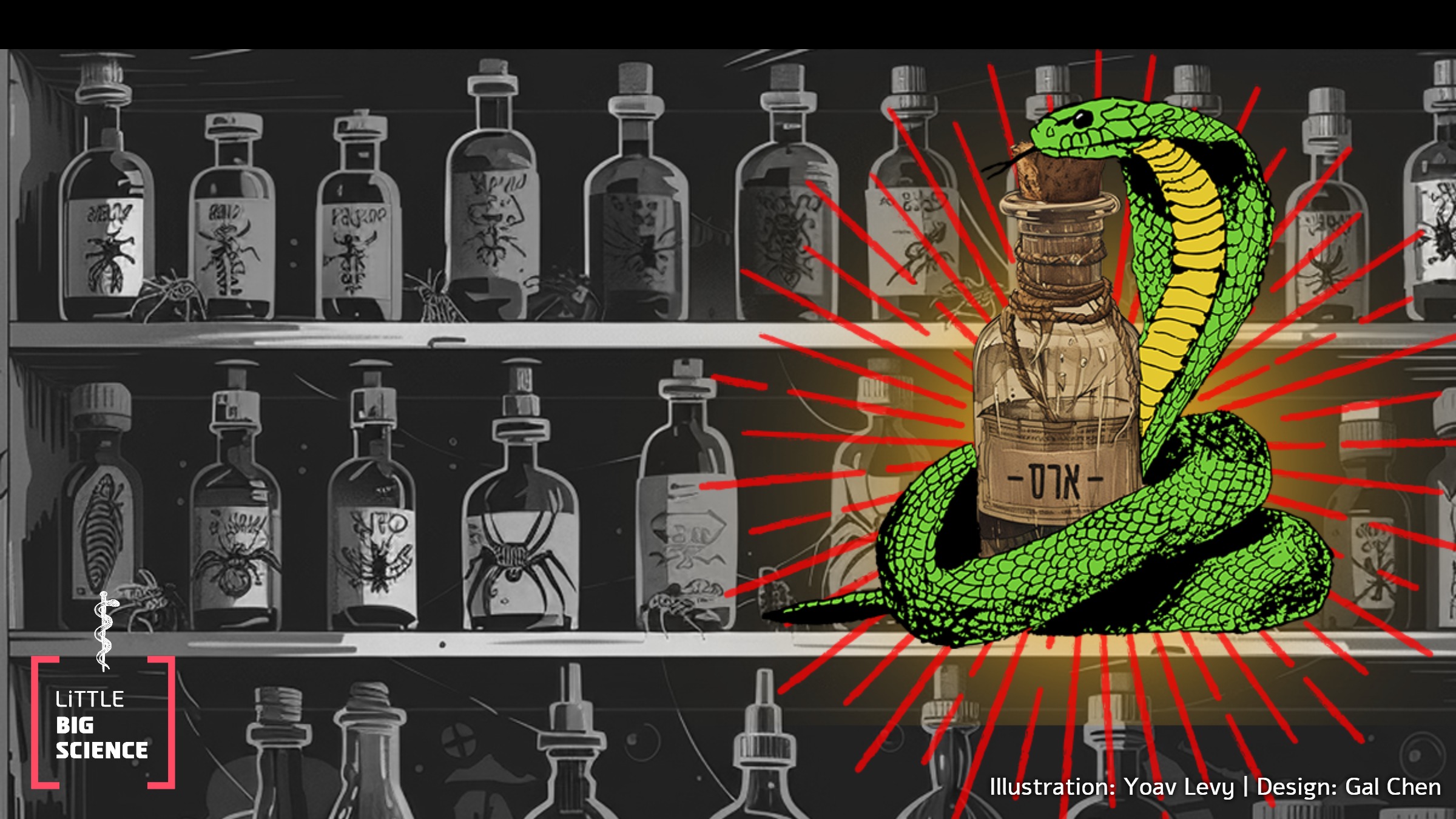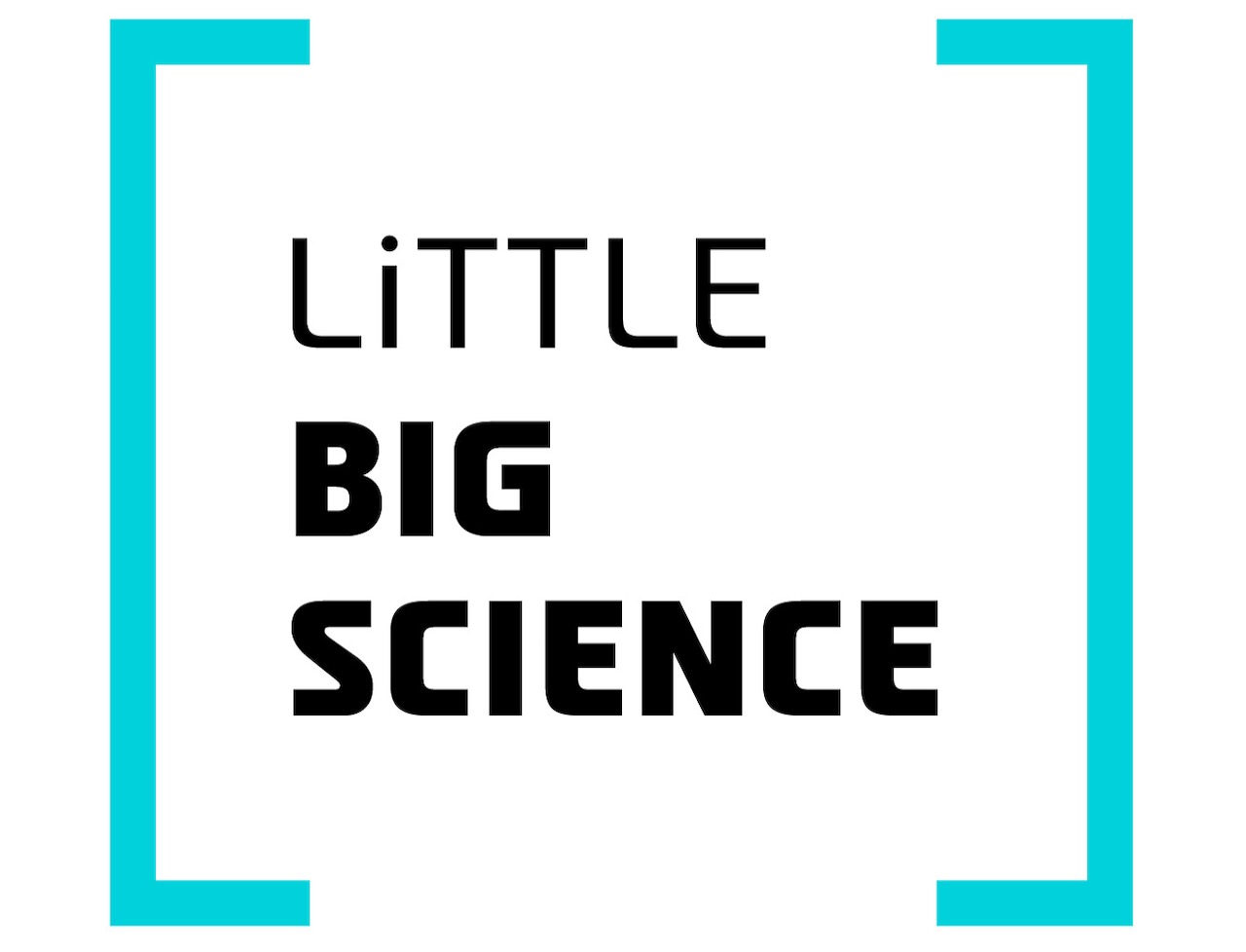
Venom from animals evolved in nature as a deadly weapon for hunting and defense, yet its ability to inflict damage has turned it into an unexpected inspiration for drug development. Many medications, including treatments for diabetes and obesity, are based on compounds derived from animal venom.
Advertisement
When we think of venom, most of us picture dangerous snakes, menacing scorpions, or stinging jellyfish. But did you know that lethal venom can be transformed into a life-saving medical tool? In nature, there are many types of venom that operate via unique mechanisms: one paralyzes muscles, another disrupts nerve function, and yet another degrades tissues. Remarkably, these very lethal properties make venom an ideal candidate for developing innovative drugs. Let’s dive into the world of “venom and healing” and explore some venomous creatures and the scientific achievements accomplished thanks to their venom [1].
Medical interest in venom mainly focuses on snake bites—a fact not surprising given the scale of the phenomenon. Every year, roughly five and a half million people worldwide are bitten by snakes. These bites result in over one hundred thousand deaths and a significant number of limb amputations [2]. Over the years, research has revealed that various types of venom harness enormous medicinal potential. Some venoms act powerfully and rapidly, and are composed of a variety of molecules—primarily proteins, which are chains made up of building blocks called amino acids, and peptides—short proteins that have evolved over millions of years to target biological systems, including those of humans.
🐍 But there is a fine line between its therapeutic use and its toxicity, depending on the dosage and context. For example, cobra venom contains toxins that affect the nervous system by disrupting the ways nerves communicate with each other. Other snakes produce venom that can break down tissues. One of the most famous examples of using snake venom as a drug is the group of compounds known as ACE inhibitors for treating high blood pressure [3]. Captopril, the first drug in this group, was developed in the 1980s and is based on peptides derived from the venom of Bothrops jararaca, a South American pit viper.
🦂 Scorpion venom contains complex peptides that affect nerve and muscle cells. Groundbreaking research has found that a peptide in the venom of the scorpion Leiurus quinquestriatus can specifically bind to cancer cells in the brain, thereby marking them. This peptide, called chlorotoxin, binds selectively to cancer cells without harming healthy ones. It is currently undergoing clinical trials [4] due to its ability to target and deliver drugs to glioma cells, which are tumors in the brain or spinal cord originating from glial cells [5].
🐌 The venom of the marine snail Conus magus is used by the snail to paralyze its prey and is the source of the medicinal compound ziconotide. This drug, administered via an injection into the spinal cord, is designed to alleviate severe pain, especially in cases unresponsive to opioids. The venom works by blocking calcium channels in the nervous system and preventing the transmission of pain signals [6].
🕷️ Many spiders use venom containing peptides to paralyze their prey. Studies have shown that the venom of the tarantula Psalmopoeus cambridgei contains a peptide named Hi1a, which blocks acid-sensing ion channels in the brain and can protect against stroke damage [7]. During a stroke, the interruption of blood flow in the brain can cause neurological damage within minutes due to decreased oxygen levels and the formation of an acidic environment. In mice, administration of the Hi1a peptide up to eight hours after stroke onset protected their brains from damage, likely by mitigating the effects of the acidic environment and thereby preventing the death of brain cells.
And how can we not conclude with the drug that has revolutionized the treatment of diabetes and obesity, based on lizard venom?
Ozempic is the well-known trade name for semaglutide, a drug used to treat type 2 diabetes and obesity-related conditions. It works by mimicking the action of the hormone GLP-1, which is involved in regulating blood sugar levels and controlling hunger and satiety. The drug activates GLP-1 receptors on pancreatic cells and other regions of the body. It acts on the beta cells of the pancreas, causing them to release insulin in response to rising blood sugar levels. Semaglutide also causes the stomach to empty more slowly, creating a prolonged sensation of fullness. This signals satiety to the brain regions that control hunger, thus reducing appetite and helping to control food intake.
🦎 Heloderma suspectum, the Gila monster, is a venomous lizard from Central and North America. It typically bites its prey to inject its venom. One of the components in its venom is a protein called Exendin-4. This protein has been found to have a similar structure and function to the human hormone GLP-1, but with one significant difference: Exendin-4 remains active in the body for a longer period than the natural hormone. This characteristic caught the attention of researchers and turned Exendin-4 into a promising candidate for drug development [8].
In the 1990s, the first drug based on Exendin-4 for the treatment of type 2 diabetes was developed. It was called Byetta and contained the active ingredient exenatide, acting similarly to GLP-1 but with a shorter duration of action. Later, a more advanced molecule—semaglutide—with a longer half-life and improved efficacy was developed, leading to the creation of Ozempic.
Although animal venom is used in nature for defense or hunting, scientific research has repurposed it for medicinal benefit—from pain relief through cancer treatment and to management of chronic diseases. Researchers continue to study the venom of new species, always in the hope of discovering another wonder drug that might change the world of medicine and contribute to human well-being.
The next time you encounter a venomous creature, do not touch it—but remember: what is deadly in nature can also save lives. And as scientists say: not every venom is poison; sometimes it is simply the beginning of a marvelous drug. 🧪🐍🕷️
Hebrew editing: Galya Halevy-Sadeh
English editing: Elee Shimshoni
Illustration: Yoav Levi
References:
- A review of different venoms and their medical applications
- World Health Organization overview of snakebites
- On developing a blood-pressure drug from snake venom
- Early clinical trial examining scorpion-venom effects on brain cancer
- Scorpion venom against brain tumors
- Pain medication from cone-snail venom
- Spider venom against stroke damage
- Developing a diabetes drug from lizard venom









